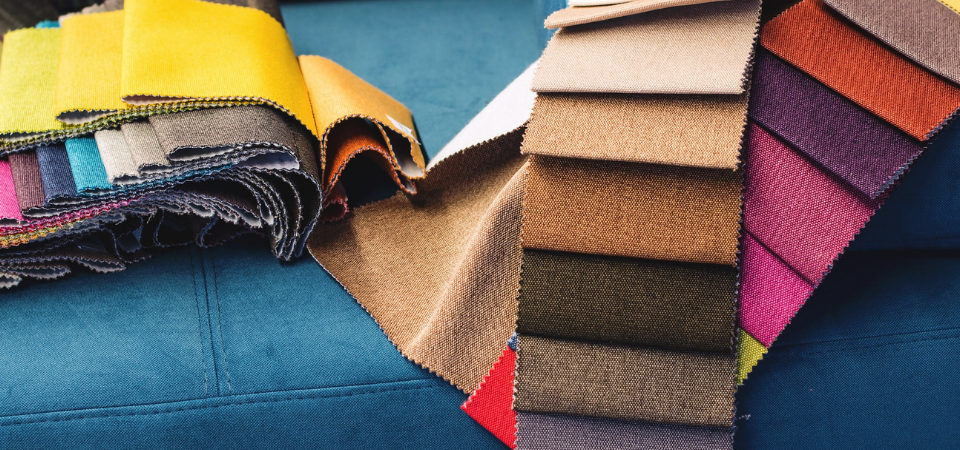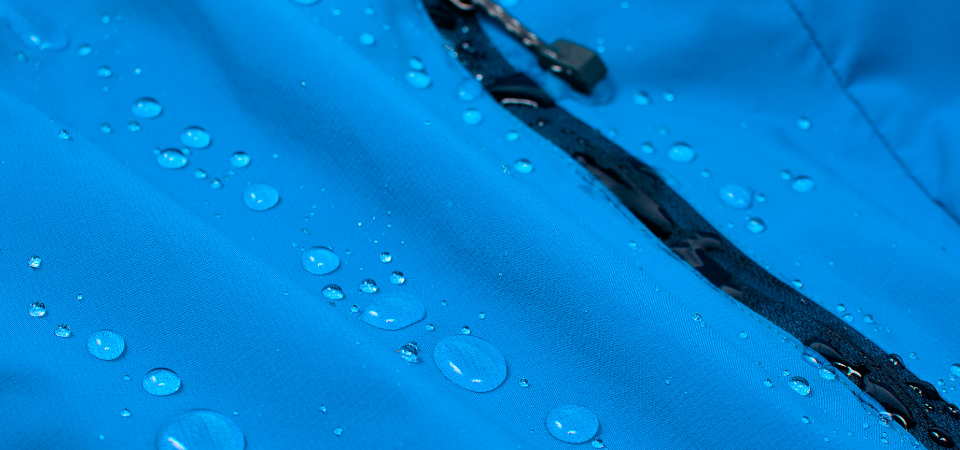
The Precision and Versatility of Filament Yarn in Textile Artistry
December 27, 2023
Definition, Production and Advantages of Supima Cotton
January 22, 2024Many problems can arise in the textile industry that do not please customers during the production of fabrics. One of these problems is the fabric shrinkage, which can occur after the product is sold or at the production stage. Regardless of the structure, characteristics, production conditions, each fabric shows some shrinkage and this is normal. The important thing is to be able to keep these shrinkages under control and prevent the fabric from changing its form. The shrinkage potential of the fabric is calculated during the production phase. There are many different international standard tests to measure fabric shrinkage, and these tests determine how much fabric changes size under certain conditions. The data obtained as a result of the test makes it easy to make an orientation for the fabric’s care instructions. Fabric factory usually make these measurements in the laboratory, but it is also possible to make a similar measurement with a few materials in the home. What fabric shrinkage is, how it is measured, procedures and more are discussed in detail in this article.
Definition of Fabric Shrinkage
Fabric shrinkage is an important concept in the textile industry and is defined as the shrinkage of clothing after washing. According to the type and characteristics of the fabric, after washing, a longitudinal or transverse shrinkage may occur, and it negatively affects the experience of the consumer. Shrinkage is usually caused by cheap and poor-quality material used in fabric. In addition, fabrics produced with natural fibers such as linen and cotton are more likely to shrink after washing. To avoid this, it is necessary to test the shrinkage percentage before selling the products.
How to Calculate Fabric Shrinkage Percentage?
It is important to know to what extent the fabric is prone to shrinkage, otherwise there is a possibility that the shrinking clothing will adversely affect the brand reputation. In addition, it is necessary to know this ratio in order to save on the material and energy used. How much shrinkage will vary according to what fiber the fabric is made of, in what conditions it is produced, and how its weave and finishing are made. These contractions, which can be longitudinal or latitudinal, can occur not only after washing, but also after exposure to heat. It is important to know these rates both for the production phase to not be interrupted and for customer satisfaction, and to add them to the washing instructions of the product. For this value to be calculated, a controlled environment must be created and attention must be paid to a number of variables. The first step is to take the original size of the fabric, then wash the fabric with normal use and take the reduced size.
Percentage value of fabric shrinkage is found by this equation: Original length – Shrinked length / 100 x original length.
What Are the Types of Fabric Shrinkage?

There are basically two types of shrinkage: Transverse shrinkage and longitudinal shrinkage. Both types have a dimensional change and usually occur after washing. Apart from these, there are 4 other types of shrinkage that are commonly seen during production. It is also important to learn about these types of fabric shrinkage that cause problems that are not paid attention to.
1. Drying Shrinkage
One of the types of shrinkage observed during the production phase is known as drying shrinkage. During the drying process, the fibers swell and a dimensional change is experienced naturally in the fabric. It is quite normal for the fabric to shrink during drying. The shrinkage occurs both transversely and longitudinally.
2. Processing Shrinkage
Another stage in the production process where the dimensions of the fabric are affected is the dyeing and finishing stage. Shrinkage may occur in some way to its longitudinal or expansion. Some of these types of shrinkage also consist of elastic shrinkage, but the fabric may not easily return to its former form as it is.
3. Construction Shrinkage
Construction shrinkage is a type that is measured after fabric is produced but before other processes. In this measurement, the amount of dimensional change that can occur in the structure of the fibers that make up the fabric is measured.
4. Elastic Shrinkage
It is a kind of shrinkage that shows how much the fabric relaxes during both construction and other processes in the production and how much its dimensions change as a result of this loosening.
How to Perform Fabric Shrinkage Test?
Fabric shrinkage is one of the essential elements of the testing textile industry, so there are many standardized and internationally accepted testing methods. These tests are also known as AATCC 135, ISO 3759, and AATCC 158. A laboratory is needed to perform these tests, but it is also possible to do it at home with your own methods. It is enough to use several ingredients to perform this test at home. With detergent, washing machine, piece of fabric, shrinkage scale or tape measure, you can make measurements by following the steps below.
- Start by cutting a fabric sample.
- You can use the shrinkage scale or the tape measure to correctly size.
- Wash the piece of fabric you cut.
- When the piece is dry, cool on a flat floor without stretching the piece of fabric.
- Measure the length and width of the fabric and compare the results.
After these steps, a value is obtained about the shrinkage in terms of both length and width. Although it does not give as clear results as the measurements made in the laboratory, it is the ideal method among the ones that are applied at home.
What Are the Procedures?
Procedures are standard tests used to see what degree the fabric has contracted under what conditions. Procedures generally have 5 steps.
- Step 1: Sample preparation is done in the first stage. Shrinkage rate is cut in accordance with the fabric test standards to be tested.
- Step 2: The original size of the fabric is measured. This is an important step in making comparisons.
- Step 3: Samples are washed in a certain number and under certain conditions. The washing conditions are kept the same as the real-life use and washing process.
- Step 4: The second measurement is made. It is measured to what extent the fabric changes dimensionally after washing.
- Step 5: This stage is the final stage and the first and second measurement is compared. The difference is interpreted and reported as a percentage.
Some internationally recognized standard tests are as follows.
- ASTM D3774: The standard test protocol used to measure width.
- ISO 6330: Standard test to measure shrinkage in household washing and drying.
- AATCC TM135: It is the test where the shrinkage rate in woven and knitted fabrics is calculated.
How to Manage Fabric Shrinkage?
It is unrealistic to expect fabrics to be free of shrinkage because there will always be some shrinkage, regardless of the type of fabric and production conditions. To prevent this both in production and during use, it is necessary to learn how to manage fabric shrinkage. The best thing to do to prevent this during use is to follow the maintenance instructions. The washing conditions recommended in the care instructions are the ideal conditions to prevent the product from shrinking. In addition to the washing instructions, not using high heat also protects the fabric against shrinkage. High heat should be avoided, especially during washing and drying. In addition, washing the fabric in the machine sometimes causes shrinkage. For this reason, it may be necessary to choose a delicate washing and low-cycle program to prevent fabric shrinkage.




